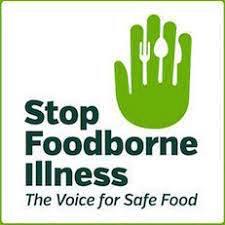 Activist organization Stop Foodborne Illness (STOP) recently conducted, a poll which purported to show that 86 percent of 1,000 registered voters supported a prohibition on selling ‘products with the potential to cause disease’.
Activist organization Stop Foodborne Illness (STOP) recently conducted, a poll which purported to show that 86 percent of 1,000 registered voters supported a prohibition on selling ‘products with the potential to cause disease’.
The result is not surprising given the question that rises to the level of surveying seven- year olds as to whether they are in favor of ice cream. What is surprising is that 14 percent of those surveyed apparently were indifferent concerning the sale of products failing to meet safety standards.
It would appear that activist organizations have found a new champion in USDA Secretary Tom Vilsack who has initiated reviews on Salmonella contamination of poultry given that this supports his agenda of opposing intensive livestock production. The Federal government is conveniently sidestepping E.coli (STEC) infections, listeriosis and salmonellosis associated with fruit, leafy greens, dairy products, and imported foods that fall under the jurisdiction of the FDA.
 When technologies such as irradiation are advanced as effective, nondestructive and innocuous methods of destroying bacterial infection of foods, STOP and other activists groups oppose absolute kill-steps but continue to demand pristine food products without beneficial additives.
When technologies such as irradiation are advanced as effective, nondestructive and innocuous methods of destroying bacterial infection of foods, STOP and other activists groups oppose absolute kill-steps but continue to demand pristine food products without beneficial additives.
The USDA has successfully promoted hygienic preparation, storage, and cooking of food both at the domestic and institutional levels to prevent foodborne bacterial infections. Contemplated and draconian measures to demand food products of animal origin that are free of all Salmonella irrespective of pathogenicity without employing a range of advanced technologies will be impossible. Knee-jerk regulations and unattainable standards will disrupt food supply to the detriment of processors and consumers.